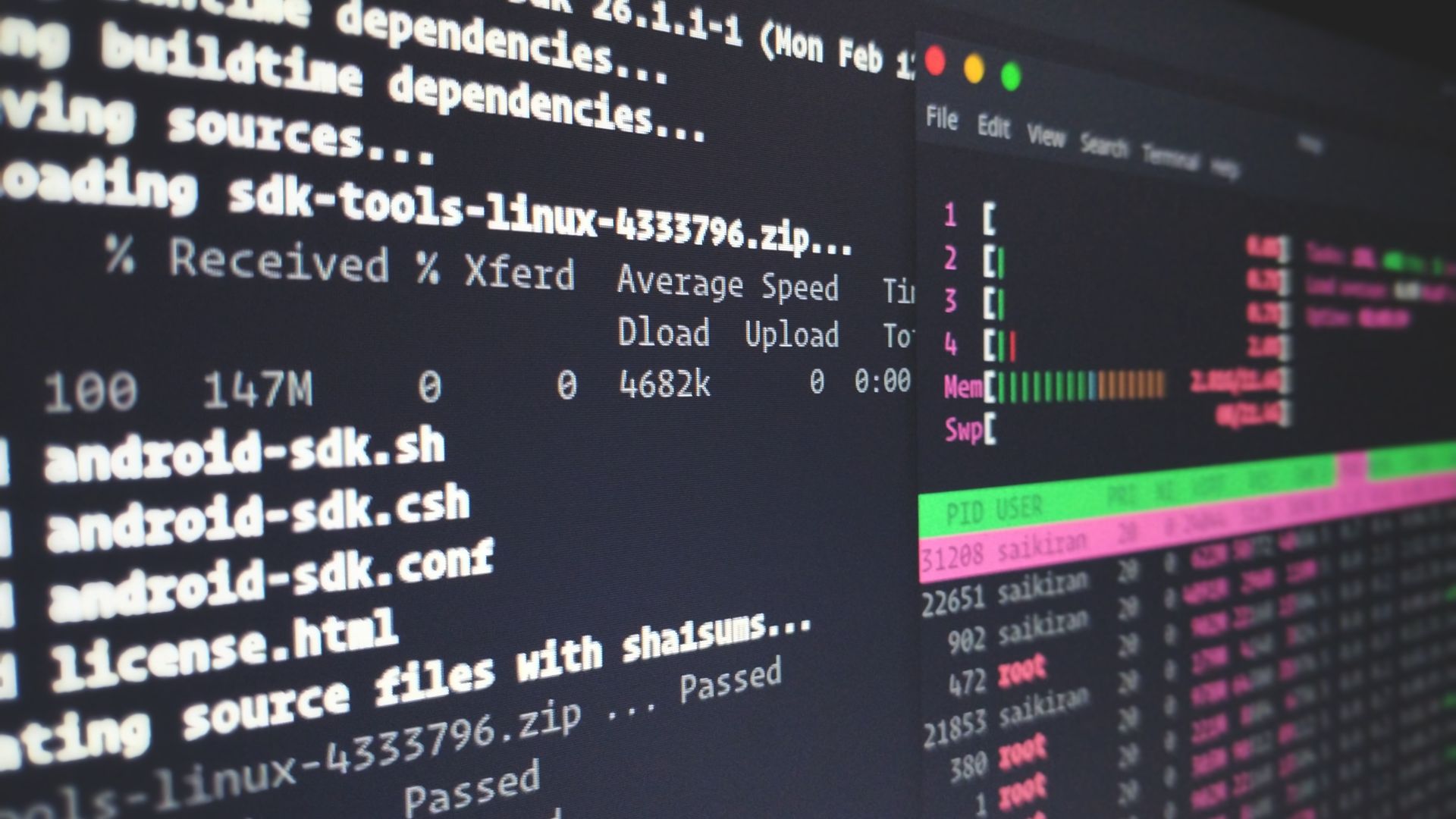What is disaster recovery as a service?
In the case of a system failure, DRaaS enables businesses to perform system backups, assuring business stability and continuity.
It is a feature of every trustworthy cloud service provider’s disaster recovery plan (DRP) or business continuity strategy. The DRaaS will act as your new IT infrastructure – your primary system needs maintenance or goes down, allowing your organization to continue operating normally- opt to veeam backup.
How Does It Operate?
The same data used in your production system gets duplicated by veeam backup DRaaS and sent to the cloud using a replication procedure. A complete architecture gets built using cloud-based resources so that you can continue working. In the event of a catastrophe, such as a server malfunction or worse, your entire system operations and user access are transferred to the virtual environment until your core infrastructure is operational.

Positive aspects of disaster recovery as a service
Many companies with small IT staff cannot afford to invest the time necessary to investigate, implement, and evaluate disaster recovery strategies. DRaaS relieves an organization’s responsibility for disaster preparedness by giving it to professionals in disaster recovery. It can also be significantly less expensive than keeping your disaster recovery infrastructure in a remote location with an IT staff on call in case of an emergency. That pricy backup people and infrastructure are never needed if a calamity doesn’t occur. You often only pay for DRaaS services if you use them. DRaaS is a valuable remedy for a persistent issue for many enterprises.
Are you a good fit for disaster recovery as a service?
Businesses outsource all or a portion of their disaster recovery planning to a DRaaS provider. With three major types, there is numerous disaster recovery as service provider to select from:
Managed DRaaS
Disaster recovery gets handled by a third party under a managed DRaaS approach. By choosing this strategy, a company must maintain close communication with its DRaaS provider to stay informed of any changes to the infrastructure, applications, and services.
Assisted DRaaS:
A better choice may get supported DRaaS if you like to be in charge of some components of your disaster recovery strategy or if you have unique or customized apps that would be difficult for a third party to manage.
Self-service DRaaS
Self-service disaster recovery as a service (DRaaS) is the least expensive option in which the customer hosts its infrastructure backup on virtual machines in a remote location and is responsible for the planning, testing, and disaster recovery management.

